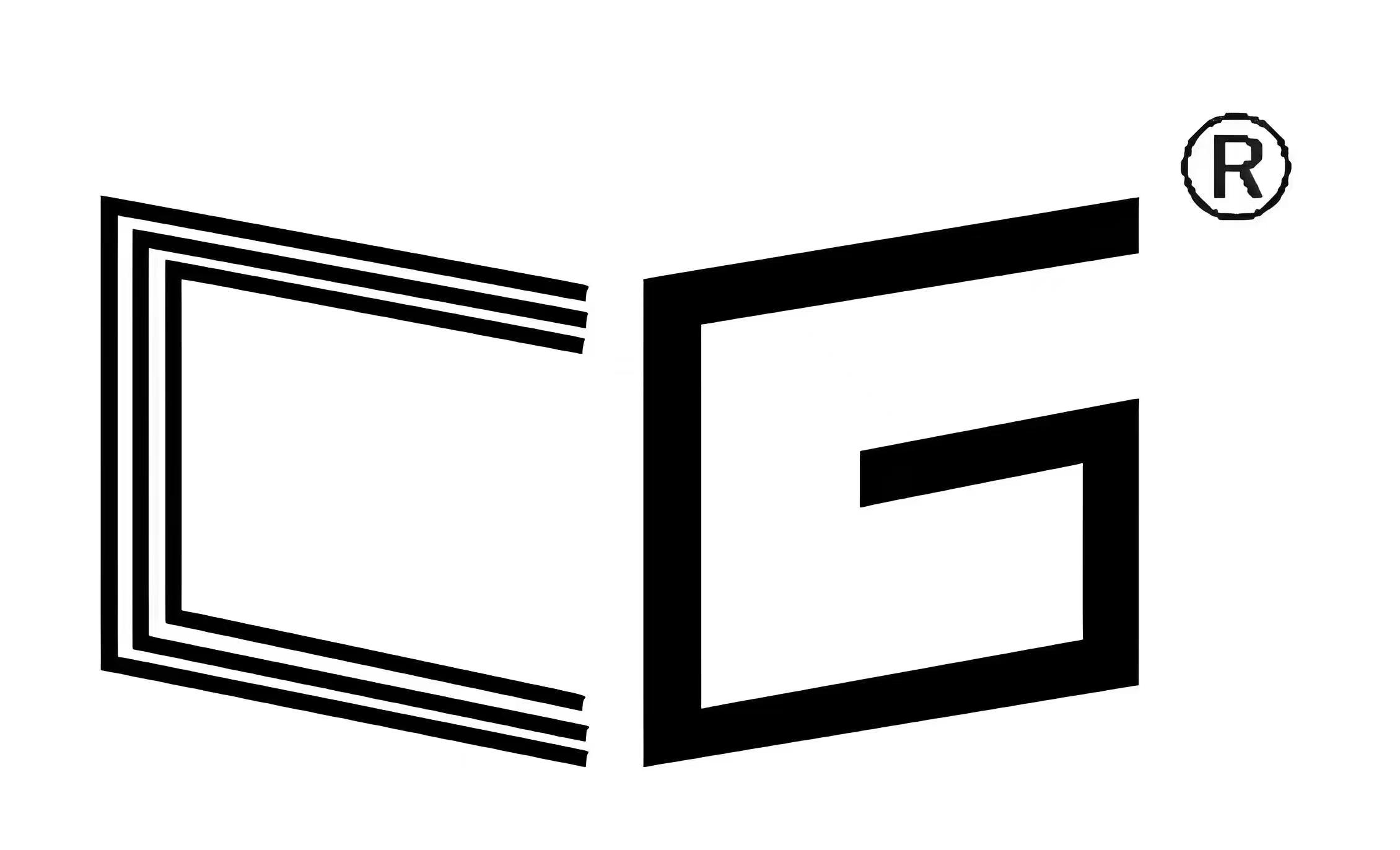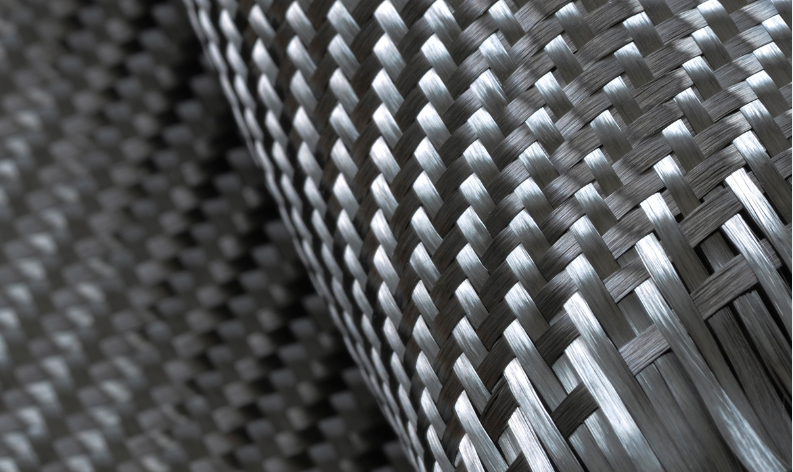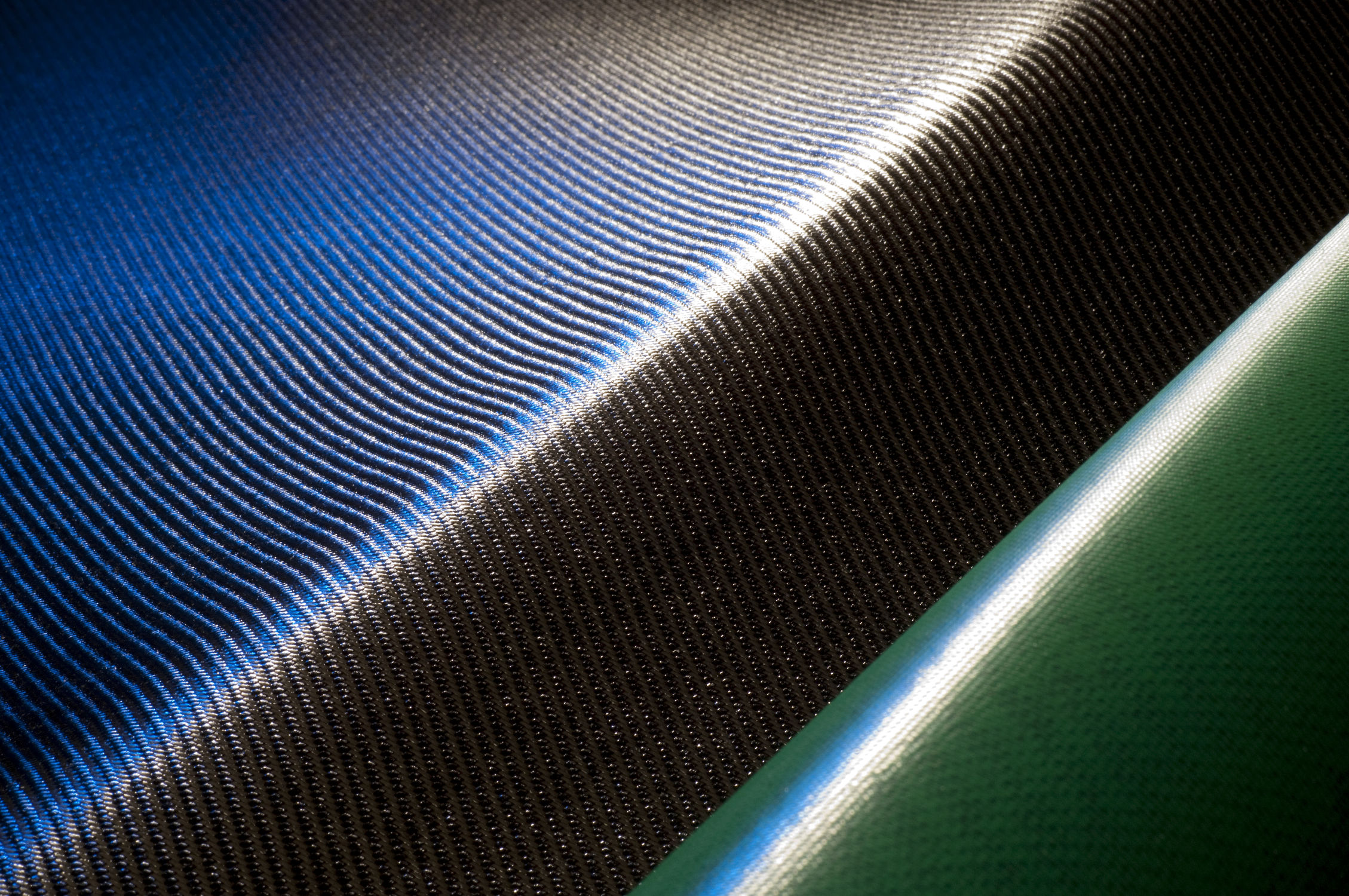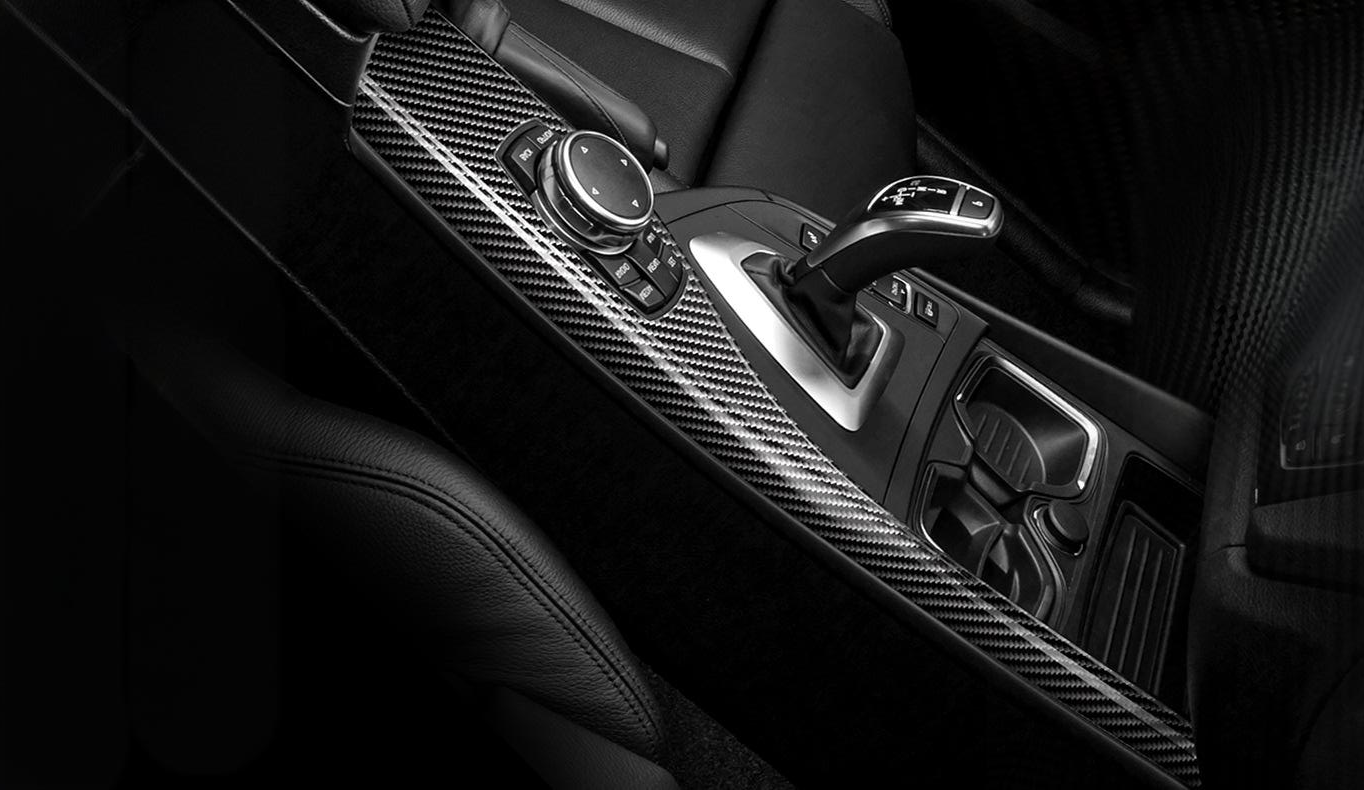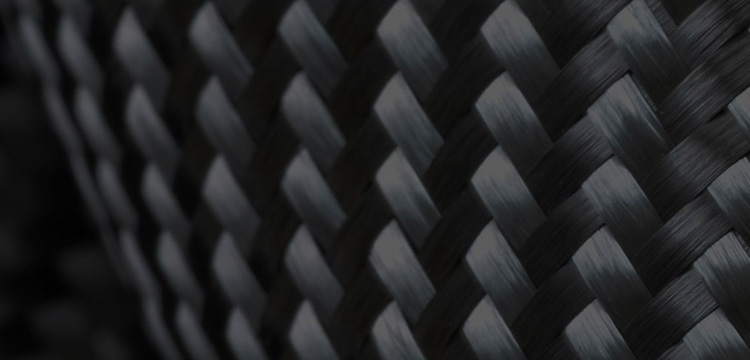The Future of Carbon Fiber: Emerging Technologies, Markets, and Sustainability Trends
Introduction
Carbon fiber has long been the darling of aerospace engineers and elite athletes, admired for its ultra-high strength-to-weight ratio, thermal stability, and slick aesthetics. But as the global demand for lightweight, high-performance materials continues to soar, carbon fiber is poised to undergo a transformation of its own.
No longer confined to the cockpits of fighter jets or the frames of million-dollar supercars, carbon fiber is on the brink of mainstream adoption across industries as diverse as renewable energy, consumer electronics, construction, and even 3D printing.
This article explores the next frontier for carbon fiber: how production methods are evolving, which emerging markets are driving demand, and what role carbon fiber will play in a world increasingly focused on sustainability and performance.
1. Why Carbon Fiber Still Has Untapped Potential
Despite its incredible mechanical advantages, carbon fiber has traditionally been held back by three key issues:
-
High production costs
-
Energy-intensive manufacturing
-
Limited scalability and recycling
As of 2024, however, all three of these limitations are under attack from both industry and academia. New research into bio-based precursors, advances in automation, and demand for high-performance materials in EVs, wind power, and infrastructure are accelerating progress.
2. New Frontiers in Carbon Fiber Manufacturing
Lignin-Based Carbon Fiber
One of the most promising developments is the use of lignin, a byproduct of paper manufacturing, as an alternative precursor to PAN (polyacrylonitrile). Lignin is:
-
Abundant and renewable
-
Cheaper to process
-
Potentially carbon-neutral
While lignin-based carbon fibers don’t yet match PAN fibers in strength or consistency, they could be “good enough” for non-structural or mid-strength applications like consumer goods and construction.
Automated Fiber Placement (AFP)
AFP technology uses robotic arms to lay down carbon fiber tapes in precise orientations, reducing human error and waste. Combined with AI-driven quality control, AFP is enabling:
-
Faster production cycles
-
Consistent fiber alignment
-
Complex geometries at scale
This opens doors for broader use in automotive, drone, and commercial aircraft production.
Low-Temperature Curing Resins
Traditional carbon fiber composites require autoclaves and high-temperature ovens, which are costly and energy-hungry. New out-of-autoclave (OOA) resins cure at lower temperatures, reducing energy use and enabling in-field or modular manufacturing.
3. Where the Market Is Headed (2025–2035)
Electric Vehicles (EVs)
As EV manufacturers battle “range anxiety,” carbon fiber offers an obvious solution: reduce vehicle weight, increase range.
Use cases:
-
Battery casings (thermal and crash protection)
-
Chassis and structural members
-
Lightweight wheels and suspension arms
Tesla, BMW, and Polestar are all actively exploring carbon fiber in high-volume components, especially for performance EVs.
Aviation and Urban Air Mobility (UAM)
With air taxis and cargo drones entering commercialization, carbon fiber’s low weight and high stiffness make it a cornerstone of UAM vehicle design. Expect widespread use in:
-
Propellers and rotors
-
Fuselage frames
-
Internal supports for battery compartments
Renewable Energy
Wind turbine blades are growing longer each year. For blades over 80 meters, carbon fiber reinforcement is essential to prevent sagging and fatigue.
Likewise, solar panel mounts, wave energy floats, and even hydrogen tanks are incorporating CFRP for strength and weight savings.
Civil Infrastructure
Carbon fiber-reinforced polymers (CFRP) are being used to:
-
Strengthen aging concrete bridges and columns
-
Wrap seismic zones in buildings
-
Reinforce offshore structures and piers
Its corrosion resistance makes it ideal for harsh, salt-laden environments.
4. Sustainability: The Elephant in the Room
Carbon fiber’s Achilles’ heel has always been sustainability. But change is coming on multiple fronts.
Recycling Technologies
New recycling methods are being tested at scale:
-
Pyrolysis: Burns off resin to recover fibers (best for short-fiber reuse)
-
Solvolysis: Uses solvents to gently extract fibers with minimal damage
-
Microwave-assisted recycling: Uses low-energy waves for clean, repeatable fiber recovery
Companies like Toray, ELG Carbon Fibre, and Carbon Conversions are investing heavily in these processes to build circularity into supply chains.
Lifecycle Assessments (LCAs)
Modern LCAs show that, when carbon fiber enables fuel savings or extends product life, the embedded energy pays off over time. Still, the push is on for:
-
Cleaner production (renewable-powered furnaces)
-
Bio-based resins
-
Design for disassembly
5. Carbon Fiber Meets Advanced Manufacturing
3D Printing with Continuous Carbon Fiber
While chopped carbon fiber filaments have been used in FDM printers for years, new technologies now allow continuous fiber reinforcement during the print process. This dramatically increases the strength of printed parts.
Companies like Markforged, Anisoprint, and Desktop Metal are leading the charge, making it possible to print carbon-fiber-strength parts in hours, not weeks.
Use cases:
-
Custom tooling and jigs
-
Aerospace brackets
-
Robotics end effectors
-
Medical orthotics
Carbon Fiber Textiles + Smart Materials
Researchers are also combining carbon fiber with:
-
Graphene for conductive, intelligent composites
-
Shape-memory polymers for adaptive structures
-
Embedded sensors to track stress, moisture, or fatigue
Imagine a drone wing that can monitor its own structural health in real time—or a bicycle frame that adjusts stiffness based on terrain.
6. Challenges That Remain
Despite all the progress, carbon fiber still faces barriers:
-
Cost parity with aluminum is still years away for many applications
-
Quality control in large parts requires better standardization
-
Skilled labor for composite manufacturing remains in short supply
-
Fragmented recycling infrastructure limits circular design
Solving these issues will require collaboration between academia, startups, large manufacturers, and policymakers.
7. The Road Ahead: Carbon Fiber in 2035
By 2035, we can reasonably expect that carbon fiber will:
✅ Be cost-competitive in mainstream automotive production
✅ Replace steel in many infrastructure retrofits
✅ Be integrated into circular economy models
✅ Enable smart, adaptive, and connected products
✅ Become a design staple across industries—not a luxury
Conclusion
Carbon fiber is no longer just a high-performance material—it’s a strategic enabler for sustainable, lightweight, and intelligent design. As manufacturing matures and new applications emerge, the industries that embrace carbon fiber early and wisely will gain the competitive edge.
From autonomous drones to next-gen skyscrapers, carbon fiber will be the skeleton behind tomorrow’s breakthroughs.
Lightweight isn’t a luxury anymore—it’s the future.
